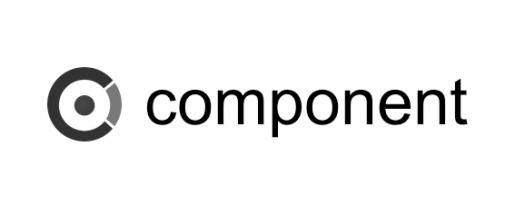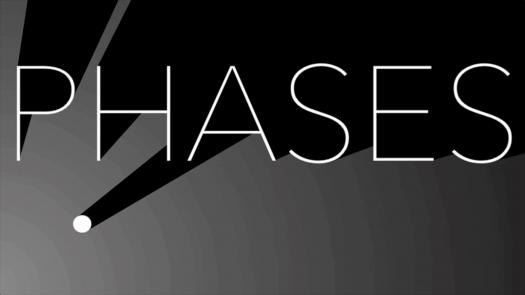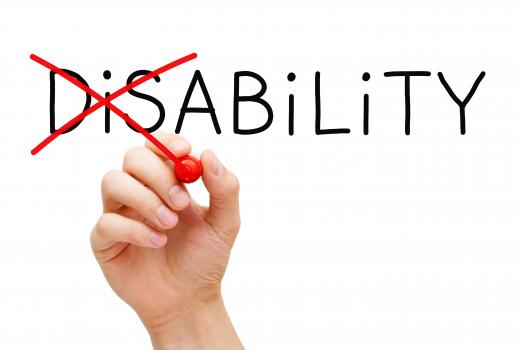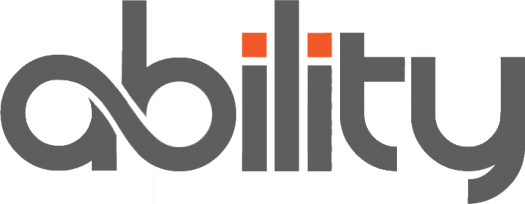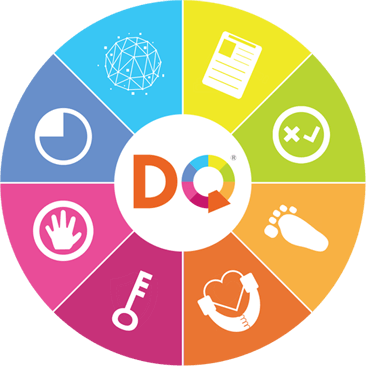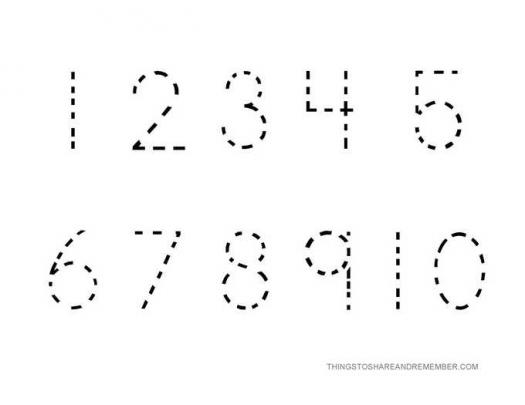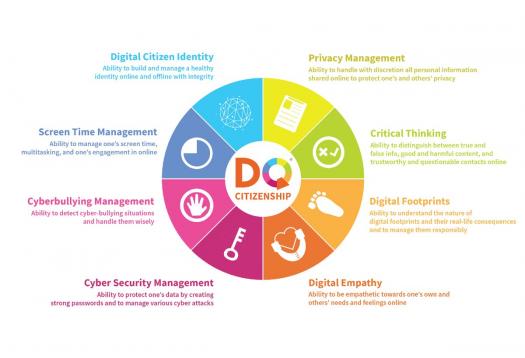Quiz Yourself On Digital Intelligence Quotient (Dq)
(304).jpg)
Digital Intelligence (DQ) is the whole of social, passionate, and subjective capacities that empower people to confront the difficulties and adjust to the requests of advanced life. Take this quiz to find out more.
- 1.
Digital Intelligence Quotient is divided into how many main components?
- A.
2
- B.
3
- C.
5
- D.
4
Correct Answer
B. 3Explanation
The correct answer is 3 because digital intelligence quotient (DQ) is divided into three main components. These components include digital identity, digital use, and digital safety. Digital identity refers to the ability to create and manage one's online presence, digital use involves the skills to effectively and ethically use digital technologies, and digital safety focuses on the knowledge and awareness of online risks and how to protect oneself.Rate this question:
-
- 2.
The first phase of Digital Quotient Training is for ages...
- A.
10-15
- B.
16-19
- C.
8-12
- D.
5-8
Correct Answer
C. 8-12Explanation
The first phase of Digital Quotient Training is designed for children between the ages of 8 and 12. This age group is considered ideal for introducing digital skills and concepts as children at this stage are more receptive to learning and have the cognitive abilities to understand and apply these skills effectively. Additionally, children in this age range are often starting to use digital devices more independently, making it important to equip them with the necessary knowledge and skills to navigate the digital world safely and responsibly.Rate this question:
-
- 3.
The ability to use digital technology and media in safe, responsible and effective way is called...
- A.
Digital balance
- B.
Digital citizenship
- C.
Digital comprehension
- D.
Digital intelligence
Correct Answer
B. Digital citizenshipExplanation
Digital citizenship refers to the ability to use digital technology and media in a safe, responsible, and effective way. It encompasses various skills such as understanding digital literacy, online etiquette, privacy and security, and being aware of the impact of one's actions in the digital world. Digital citizenship promotes responsible behavior and empowers individuals to navigate the digital landscape with knowledge and awareness.Rate this question:
-
- 4.
The ability to use digital media and technologies to solve global challenges is called...
- A.
Digital breakthrough
- B.
Digital smartness
- C.
Digital entrepreneurship
- D.
Digital marketing
Correct Answer
C. Digital entrepreneurshipExplanation
Digital entrepreneurship refers to the ability to use digital media and technologies to solve global challenges. It involves utilizing digital tools, platforms, and strategies to create innovative solutions, start new ventures, and drive economic growth. This term encompasses the skills, mindset, and actions required to identify opportunities, develop digital products or services, and effectively navigate the digital landscape to achieve social and economic impact. Digital entrepreneurs leverage technology to address societal problems, create value, and make a positive difference in the world.Rate this question:
-
- 5.
Digital intelligence has____key elements
- A.
2
- B.
3
- C.
4
- D.
5
Correct Answer
C. 4Explanation
Digital intelligence has four key elements.Rate this question:
-
- 6.
The ability to become a part of the digital ecosystem by turning ideas into reality by using digital tools is called...
- A.
Digital manipulation
- B.
Digital creativity
- C.
Digital marketing
- D.
Digital idea
Correct Answer
B. Digital creativityExplanation
Digital creativity refers to the ability to use digital tools and technologies to transform ideas into reality. It involves the innovative use of digital resources to create new and unique digital content, such as artwork, designs, music, videos, and more. This process allows individuals to express their creativity and bring their ideas to life in the digital realm. Digital creativity plays a significant role in various fields, including art, design, media, entertainment, and technology, enabling individuals and businesses to thrive in the digital ecosystem.Rate this question:
-
- 7.
Digital citizenship consists of the following except...
- A.
Screen time management
- B.
Digital empathy
- C.
Critical thinking
- D.
Digital creativity
Correct Answer
D. Digital creativityExplanation
Digital creativity is not a component of digital citizenship. Digital citizenship refers to the responsible and ethical use of technology, including aspects such as online safety, privacy, and security. Screen time management, digital empathy, and critical thinking are all important aspects of digital citizenship as they involve understanding and navigating the digital world in a responsible and thoughtful manner. However, digital creativity, while valuable in its own right, is not directly related to the responsible use of technology and therefore is not considered a component of digital citizenship.Rate this question:
-
- 8.
There are how many cores of digital citizenship?
- A.
5
- B.
8
- C.
9
- D.
4
Correct Answer
B. 8Explanation
The correct answer is 8. Digital citizenship refers to the responsible and ethical use of technology. There are 8 core areas of digital citizenship, which include digital access, digital commerce, digital communication, digital literacy, digital etiquette, digital law, digital rights, and digital health and wellness. These 8 cores encompass various aspects of using technology responsibly and effectively in today's digital world.Rate this question:
-
- 9.
Digital quotient can be broken into ____ connecting parts.
- A.
5
- B.
8
- C.
9
- D.
4
Correct Answer
B. 8Explanation
The correct answer is 8 because digital quotient refers to the ability to effectively use and navigate digital technology. It can be broken down into eight connecting parts, which likely include skills such as digital literacy, digital communication, digital collaboration, digital security, digital ethics, digital fluency, digital entrepreneurship, and digital leadership. These eight components are interconnected and essential for individuals to thrive in the digital age.Rate this question:
-
- 10.
These are parts of digital quotient except...
- A.
Digital Identity
- B.
Digital Framework
- C.
Digital Safety
- D.
Digital Security
Correct Answer
B. Digital FrameworkExplanation
Digital Framework is not a part of digital quotient because digital quotient refers to an individual's ability to effectively and responsibly use digital technologies and navigate the digital world. It encompasses skills such as digital literacy, digital citizenship, and digital safety. Digital Framework, on the other hand, refers to the structure or system that supports the use of digital technologies within an organization or a project. While it is important for organizations to have a digital framework in place, it is not directly related to an individual's digital quotient.Rate this question:
-
Quiz Review Timeline +
Our quizzes are rigorously reviewed, monitored and continuously updated by our expert board to maintain accuracy, relevance, and timeliness.
-
Current Version
-
Mar 22, 2023Quiz Edited by
ProProfs Editorial Team -
Jan 22, 2018Quiz Created by
Cripstwick
 Back to top
Back to top



